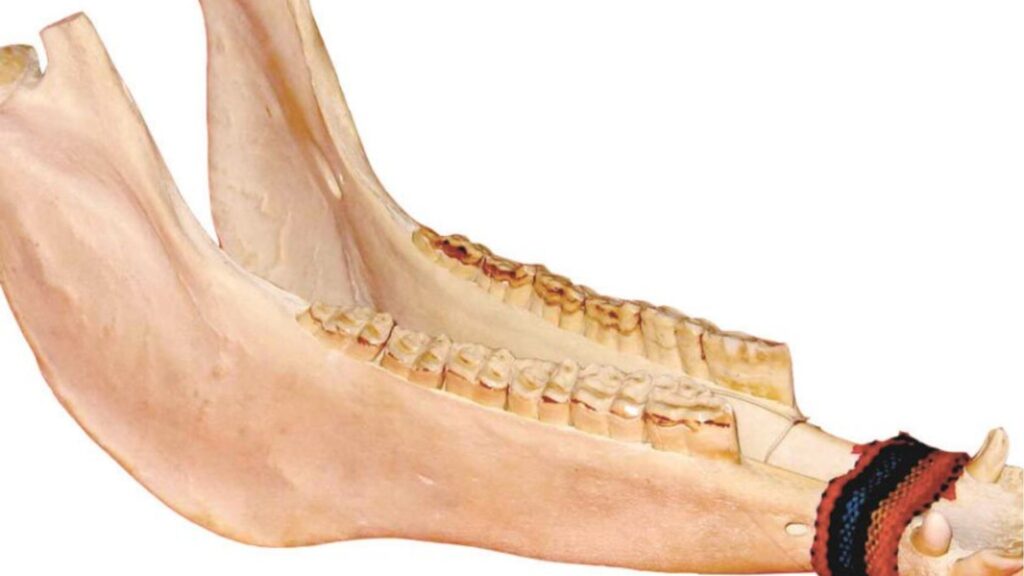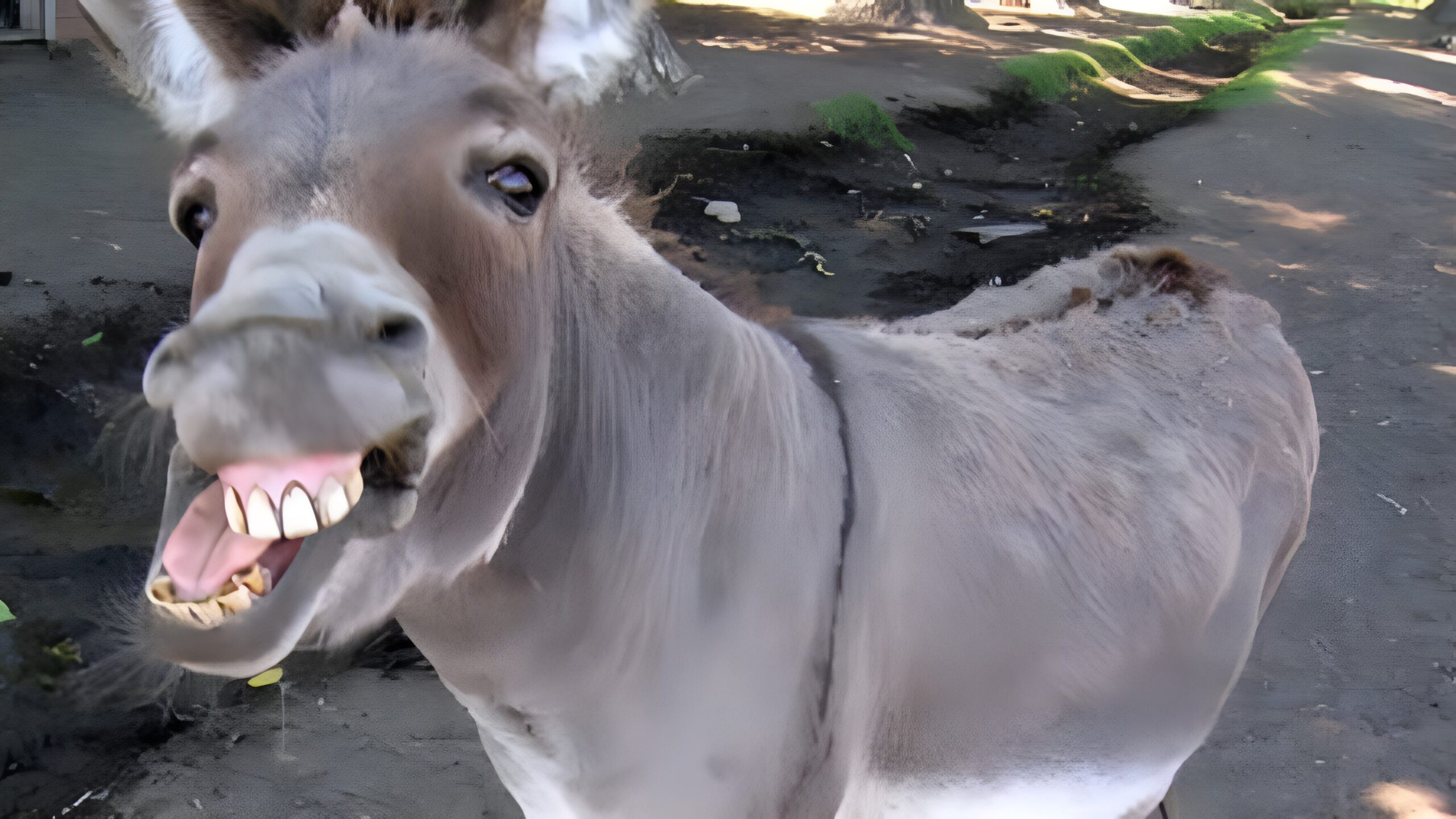Introduction
Aristotle, one of the most influential philosophers in Western history, was not only a thinker but also a keen observer of the natural world. His extensive studies encompassed various fields, including biology, where he made significant contributions to our understanding of animal anatomy. Among his notable observations is the analysis of aristotle teeth in a donkey jaw, which he used as a prime example in discussing broader biological principles. This blog post explores Aristotle’s insights on teeth in a donkey jaw, delving into their anatomical structure, significance in his work, and their implications for understanding animal physiology.
The Context of aristotle teeth in a donkey jaw
Aristotle’s Approach to Biology
Aristotle (384–322 BCE) is often regarded as the father of biology due to his systematic approach to studying living organisms. Unlike his predecessors, who primarily focused on philosophical inquiries, Aristotle emphasized empirical observation. He meticulously categorized animals based on their observable traits, which laid the groundwork for modern biological classification systems.
The Importance of Teeth in Animal Anatomy
In his writings, particularly in History of Animals, Aristotle emphasized the significance of teeth as indicators of dietary habits and ecological roles. He believed that the structure and arrangement of teeth could provide insights into an animal’s lifestyle and adaptations. This perspective was pivotal in understanding how different species evolved to meet their environmental challenges.
Donkey Teeth: Anatomy and Structure

Dental Formula of Donkeys
The aristotle teeth in a donkey jaw is specifically adapted to their herbivorous diet. The typical dental formula for a donkey is represented as follows:
- Incisors (I): 6 upper, 6 lower (3/3)
- Canines (C): 1 upper per quadrant, usually absent in females (1/1)
- Premolars (P): 6 total, 3 upper, 3 lower (3/3)
- Molars (M): 6 total, 3 upper, 3 lower (3/3)
This formula indicates a total of 36 to 44 teeth, depending on the presence of canines in males.
Types of Teeth
- Incisors:
- Located at the front of the mouth, donkey incisors are crucial for biting and cutting grass. Their sharp edges allow donkeys to efficiently clip vegetation, which is essential for their grazing habits.
- Canines:
- Although canines are present in males, they are typically absent in females. When present, these teeth are used for fighting and establishing dominance. In males, the canines can grow quite large, indicating health and virility.
- Premolars and Molars:
- The premolars and molars are designed for grinding and chewing food. Donkeys have large, flat molars with broad surfaces that facilitate the breakdown of fibrous plant material. This grinding action is crucial for their digestive process, as it prepares food for fermentation in the stomach.
Growth and Wear Patterns
Donkey teeth continue to grow throughout their lives, a characteristic shared with many herbivorous animals. This continuous growth compensates for the wear and tear caused by their diet, which involves chewing tough grasses and shrubs. The rate of wear can be influenced by various factors, including diet, age, and dental health.
Veterinarians often examine the wear patterns on aristotle teeth in a donkey jaw their age and overall health. As donkeys age, their teeth may exhibit specific wear patterns that can help owners and caretakers understand their dental needs.
Aristotle’s Observations on Donkey Teeth
Philosophical Implications
Aristotle’s exploration aristotle teeth in a donkey jaw goes beyond mere anatomical observation; it reflects his philosophical inquiries into nature and the interconnectedness of living organisms. By analyzing the structure and function of Donkey dental anatomy, Aristotle sought to draw conclusions about the nature of life and the principles that govern biological systems.
Classification and Adaptation
In his classification of animals, Aristotle posited that physical traits, such as teeth, played a crucial role in determining an organism’s place within the natural order. For instance, the presence of specific types of teeth could indicate an animal’s dietary preferences and ecological niche.
By studying aristotle teeth in a donkey jaw, Aristotle highlighted the concept of adaptation—how organisms evolve and modify their structures to survive in their environments. The donkey’s unique dental structure exemplifies how evolution shapes anatomical features in response to ecological pressures.
The Role of Empirical Observation
Aristotle’s emphasis on empirical observation is evident in his studies of donkey teeth. He meticulously documented the anatomical characteristics of donkeys and their teeth, providing a foundational understanding of how anatomy relates to function. This approach set the stage for future biological research, encouraging scientists to rely on observation and analysis rather than speculation.
Comparative Analysis: Donkeys and Other Equines
Differences in Dental Structure
Aristotle’s insights into aristotle teeth in a donkey jaw can be further enriched by comparing them with those of other equines, such as horses and zebras. While all equines share similar dental structures due to their herbivorous diets, there are notable differences.
- Horses:
- Horses generally have larger molars than donkeys, which are better suited for grinding tougher plant materials. Their incisors are also more prominent, allowing them to grasp and tear vegetation effectively.
- Zebras:
- Zebras possess a dental structure similar to that of horses but have evolved specific adaptations to their unique grazing habits. Their teeth are designed to cope with the rough grasses found in their natural habitats.
Adaptations to Diet
The variations in dental structure among equines illustrate the concept of adaptation that Aristotle emphasized. Each species has developed a tooth structure that aligns with its dietary needs and ecological environment. Donkeys, with their robust and specialized teeth, are adept at processing fibrous plant material, allowing them to thrive in arid environments where food resources can be scarce.
Written By: Abdul Rahman
Health and Dental Care in Donkeys
Importance of Dental Health
Maintaining good dental health is crucial for donkeys(aristotle teeth in a donkey jaw), as dental issues can lead to significant health problems. Overgrown teeth can cause malocclusion, where teeth do not align properly, leading to pain and difficulty eating.
Signs of Dental Problems
Donkey owners should be vigilant for signs of dental issues, including:
- Weight loss or difficulty maintaining weight
- Drooling or excessive salivation
- Bad breath
- Chewing on one side of the mouth
- Avoidance of hard food
Regular dental check-ups by a veterinarian can help identify and address potential issues before they escalate.
Dental Care Practices
- Floating:
- This is a common dental procedure that involves filing down overgrown teeth to ensure proper alignment and function.
- Dietary Management:
- Providing a balanced diet with appropriate forage can help minimize excessive wear on teeth. Avoiding hard feeds can also prevent dental issues.
- Regular Check-ups:
- Routine veterinary check-ups are essential for maintaining dental health. Regular evaluations can help catch problems early and ensure that donkeys remain healthy and comfortable.
Conclusion
Aristotle’s observations on aristotle teeth in a donkey jaw provide a fascinating lens through which to explore the intersections of anatomy, philosophy, and biology. His meticulous study of animal anatomy laid the groundwork for future research in biology, emphasizing the importance of empirical observation in understanding the natural world.
The anatomical structure of donkey teeth reveals much about their diet and ecological role, illustrating the principles of adaptation and evolution that Aristotle championed. By examining the unique features of donkey teeth, we gain insight into the broader mechanisms that govern life on Earth.
